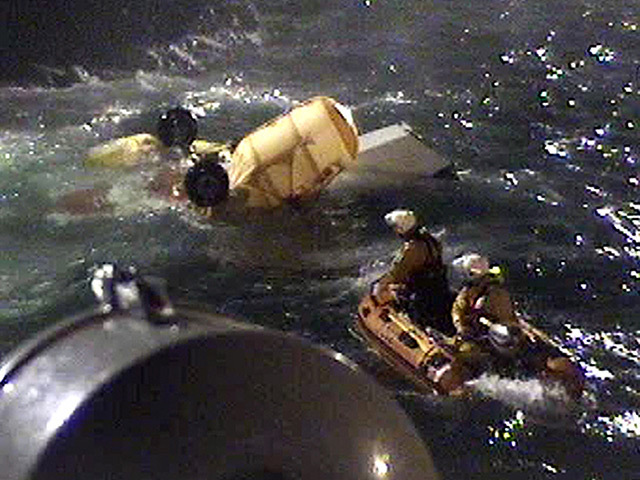
Oil industry safety chiefs have recommended the grounded Super Puma fleet be cleared to fly once again.
Operators had suspended all flights of the L1, L2 and EC225 in the wake of last Friday’s fatal crash off Shetland.
But after meetings over the last two days, the Helicopter Safety Steering Group said it recommended the Super Pumas return to service.
The EC225 and L1 models will fly as normal, although the L2 – the model involved in last Friday’s fatal accident – will only fly non-passenger operations.
The move comes a day after Norwegian aviation chiefs rejected a union call to ground Norway’s fleet until the cause of the Shetland crash was determined.
The HSSG said a campaign would be started to engage with the offshore workforce over the safety of the aircraft, which had caused concern among unions and offshore workers.
Earlier today the flight and voice data recorder from the crash off Shetland were recovered.
Searches for the combined recorder, which was not among the wreckage returned to shore this morning, had been ongoing since the crash that killed four people last week.
But this afternoon the Air Accidents Investigation Branch confirmed the unit had finally been located.
“The combined voice and flight data recorder from the AS332 L2 Super Puma helicopter has been successfully recovered and will be transported to the AAIB HQ in Farnborough later today,” the AAIB said in a statement on their website.
Investigators hope the data recorder will shed light on what caused the CHC-operated AS332 L2 helicopter to come down as it approached Shetland on Friday evening, after today revealing early details about the aircraft’s final moments.
Early indications show the flight approach was normal until three miles from the airport runway. It crashed into the sea two miles west of runway 09 when airspeed dropped along with an “increased rate of descent”, the AAIB said.
“The evidence currently available suggests that the helicopter was intact and upright when it entered the water,” the AAIB said.
“It then rapidly inverted and drifted northwards towards Garths Ness. The helicopter was largely broken up by repeated contact with the rocky shoreline.
“Some items of wreckage have already been recovered and will be transported to the AAIB’s HQ in Farnborough.”
READ MORE:
Super Puma wreckage brought ashore as hunt for black box continues
Timeline: How the Super Puma disaster unfolded
The AAIB said the investigation is at an early stage and the factors that led to the crash cannot be identified.
Four oil workers were killed when a Super Puma AS332 L2 travelling from the Borgsten Dolphin support vessel came down off the southern tip of Shetland on Friday with 16 passengers and two crew on
board.
Friday’s crash was the fifth incident involving Super Pumas in the North Sea since 2009.
Representatives from the French accident investigation authority (BEA), the helicopter manufacturer and the engine manufacturer were also invited to join the investigation by the AAIB.
In April 2009 an AS332 L2, operated by Bond, went down north east of Peterhead on its return from a BP platform, killing all 14 passengers and two crew on board.
A fatal accident inquiry into the 2009 crash is expected to begin in Aberdeen next January.